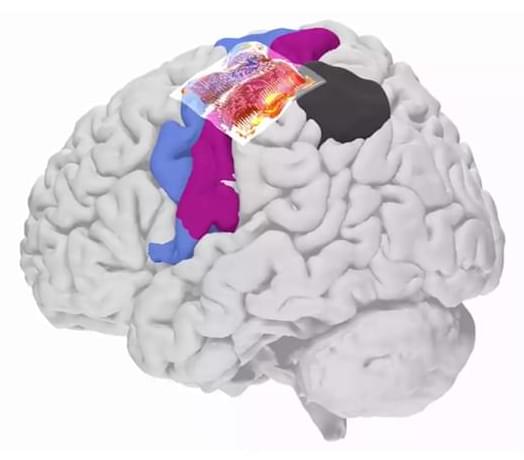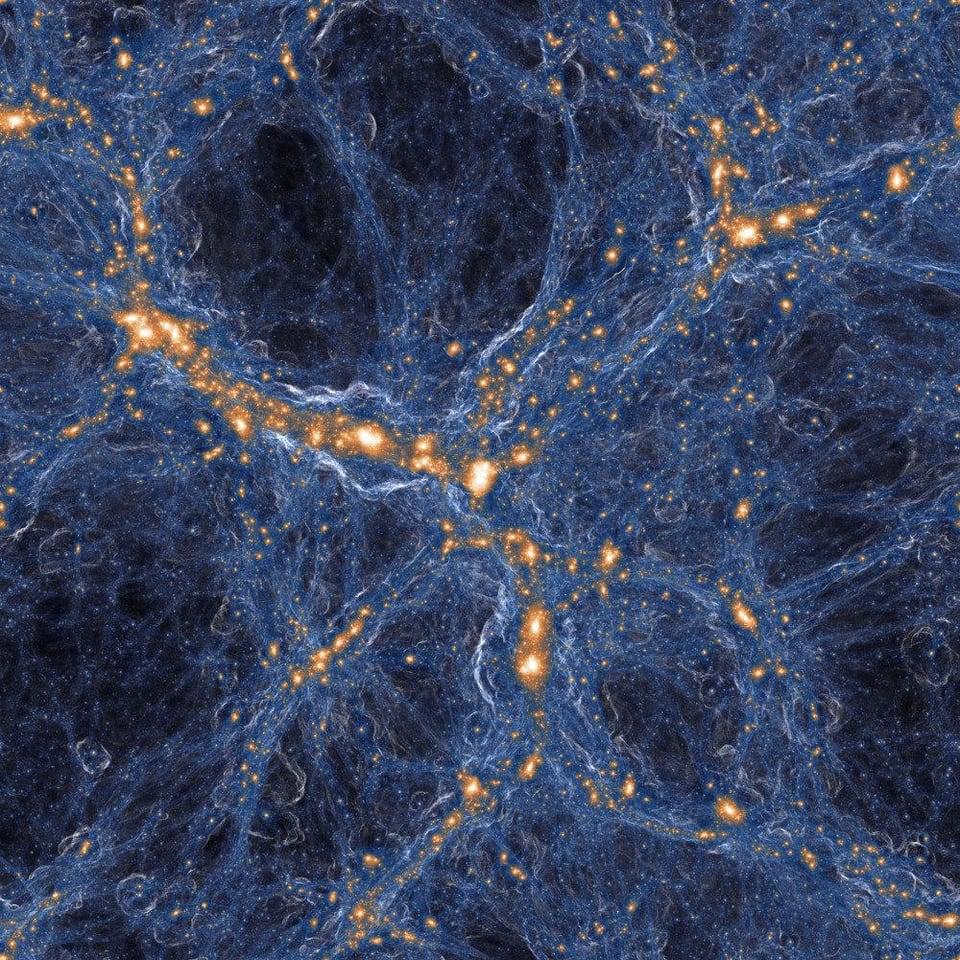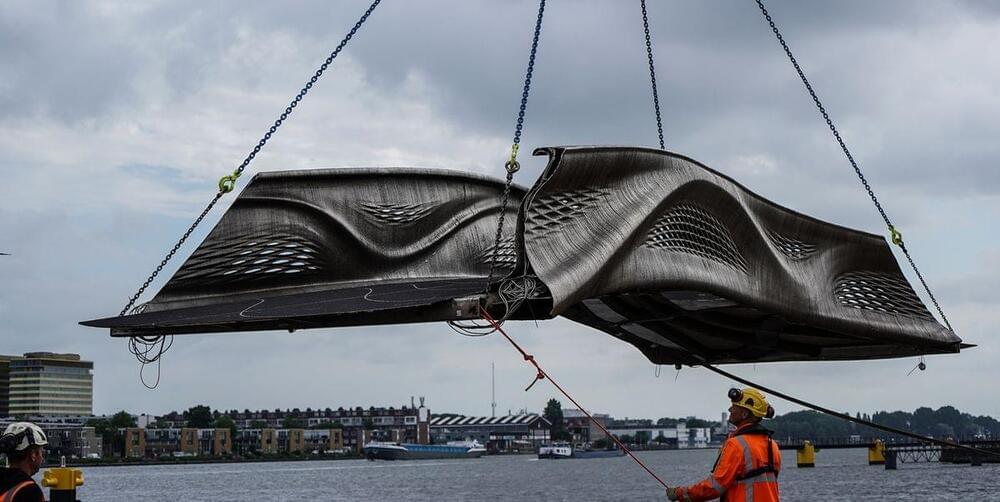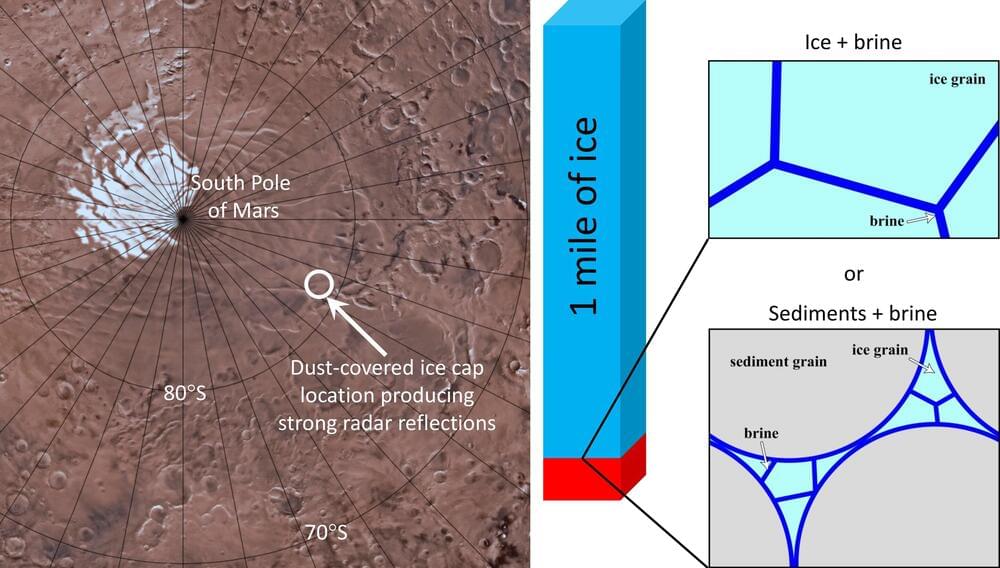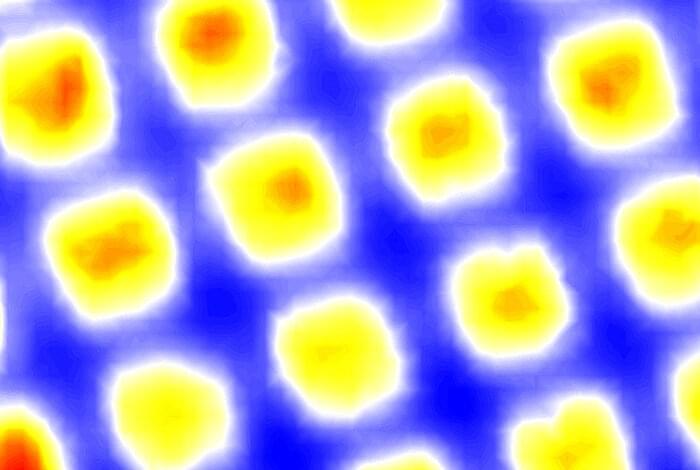Today, the ECoG grids most commonly used in surgeries typically have between 16 and 64 sensors, although research grade grids with up to 256 sensors can be custom made. The device created at UCSD is therefore a major advance in the field. It could improve neurosurgeons’ ability to remove as much of a brain tumour as possible while minimising damage to healthy tissue. In the case of epilepsy, the higher resolution could enable a surgeon to precisely identify the brain regions where seizures are originating, so that these can be removed without touching nearby regions not involved in seizure initiation. In this way, these high-resolution grids may enhance preservation of normal, functioning brain tissue.
ECoG grids with sensors in the thousands could also help in uncovering a deeper understanding of how the brain functions. Basic science advances, in turn, could lead to improved treatments grounded in enhanced understanding of brain function.
The team at UCSD – who collaborated with Massachusetts General Hospital and Oregon Health & Science University – achieved their breakthrough by packing individual sensors significantly closer to each other, while avoiding problematic interference between nearby sensors. The ECoG grids already in clinical use typically have sensors that are spaced one centimetre apart. But the new 1,024-sensor device has sensors just one millimetre apart, with a total grid area measuring three by three centimetres and is scalable to 2,048 sensors.
